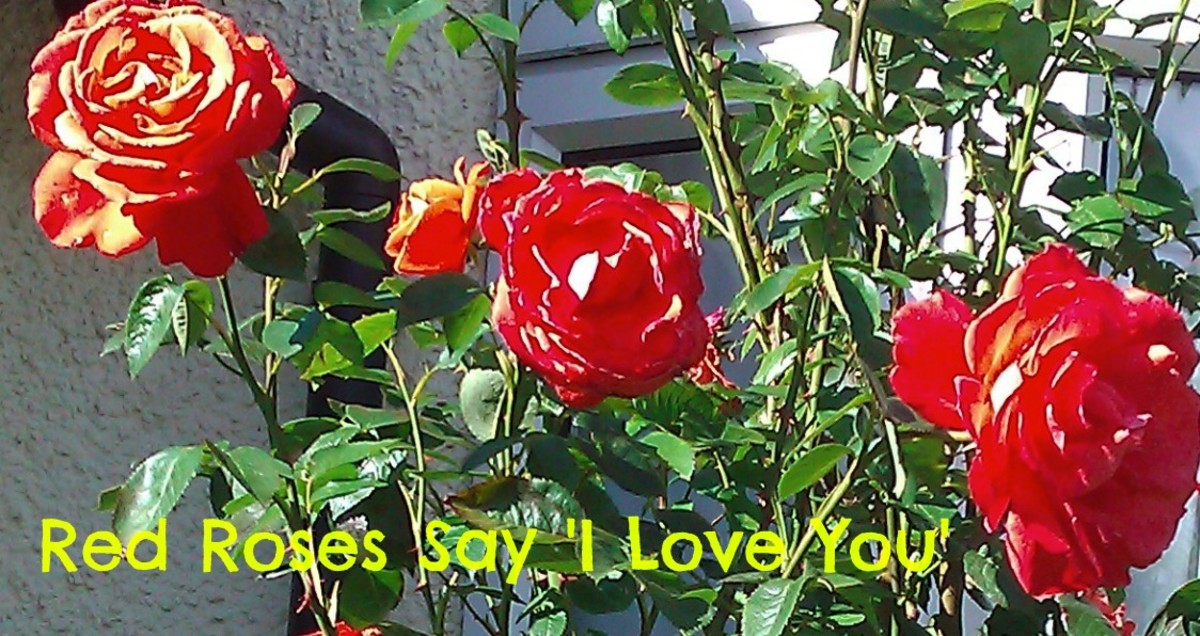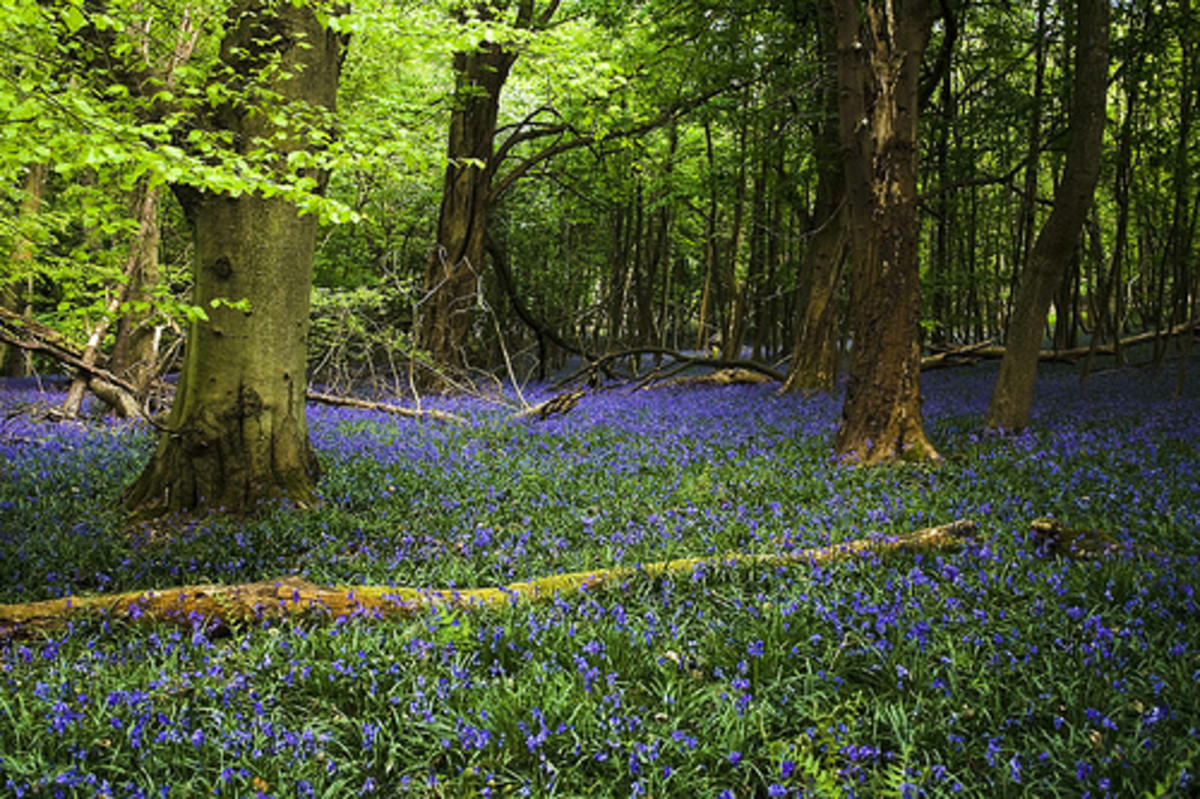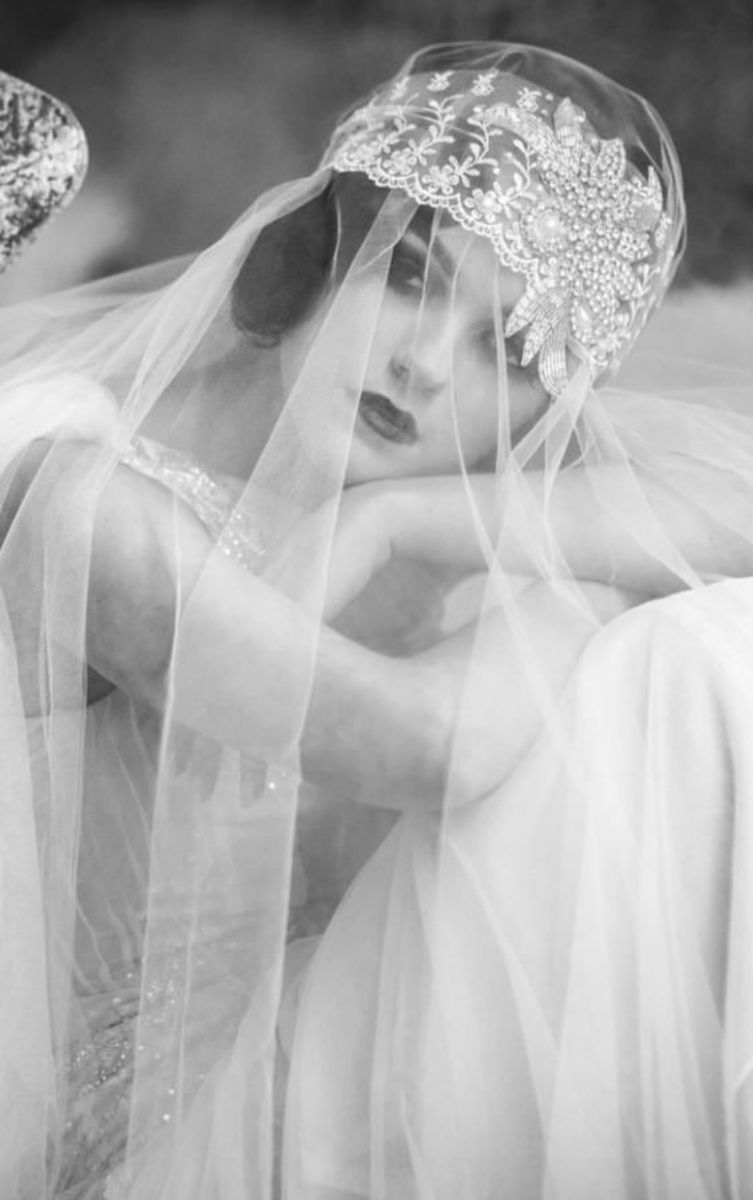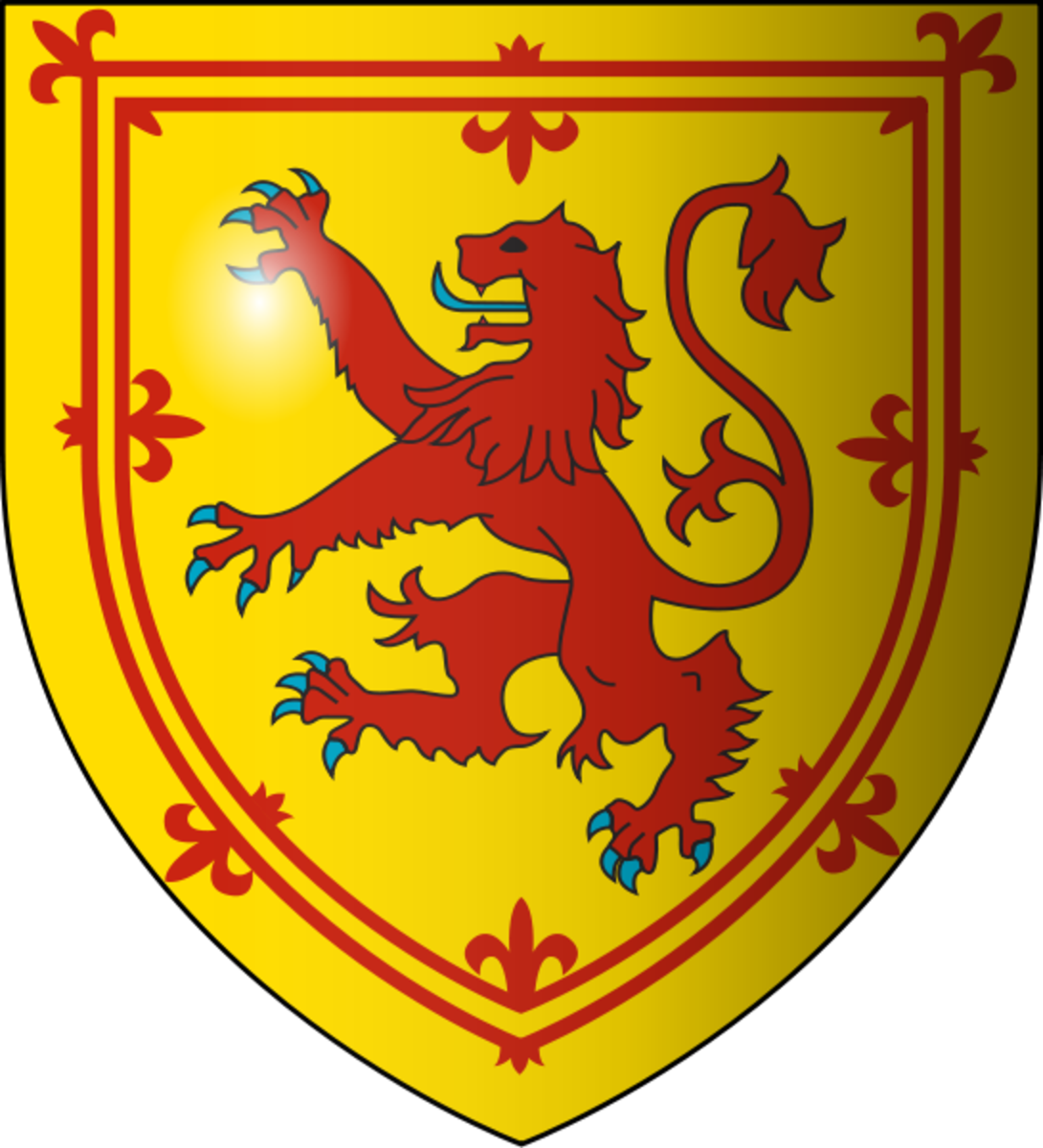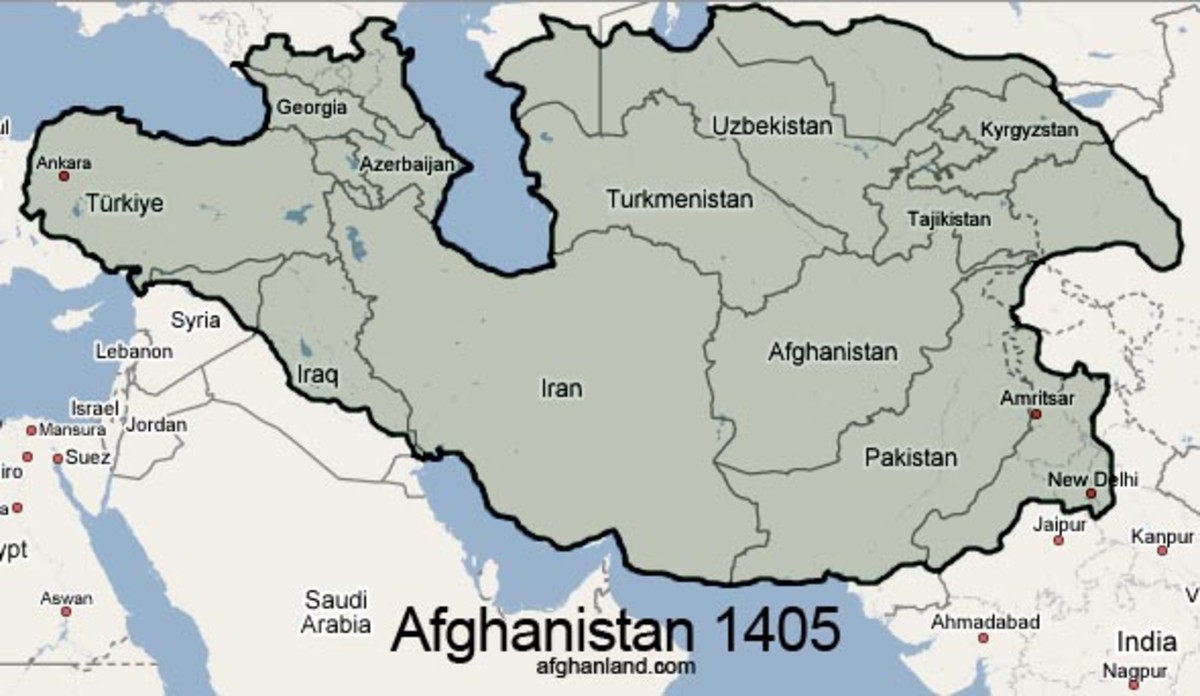The History of Traditions
Traditions
Have you ever wondered where certain traditions originated from? Curious were certain sayings or terms came from?
The following are a few that might surprise you!

The Brides Bouquet
Back in the day, around the 1500's I would say, people only bathed once a year! Yuck! Can you imagine?!?!
This yearly bath was usually taken in May. Most weddings occurred in June. At this time, the bride usually still smelled somewhat okay (compared to what, I don't know). But, because of the body odor of the bride having not bathed in a month, she would carry a bouquet of flowers to help cover up her smell.
This is how the carrying of the bouquet tradition started.
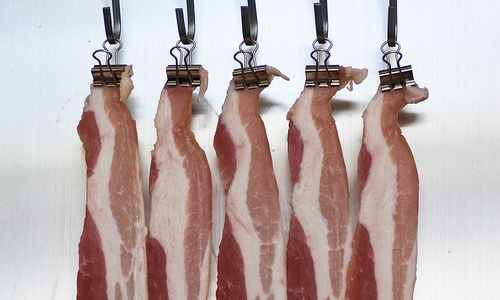
Bringing Home the Bacon
In the old days, people had a diet that was mostly made up of vegetables. Every so often, if they were lucky, they would get some meat, such as pork. When this happened, and visitors were expected, they would hang up the bacon to show it off, as this was a sign of wealth that they were "bringing home the bacon".
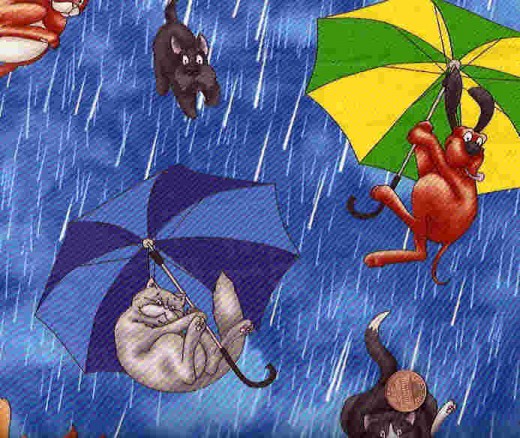
Raining Cats and Dogs
Roofs on houses used to be made of only heavy straw which was piled high. There was little to nothing to help hold it up. Small animals such as mice and cats would stay on the roof, being that it was one of the only places they could find to keep warm.
When it would rain, sometimes the animals would slip off of the roof and fall to the ground. This is were the term "It's raining cats and dogs" came from.
Holding a Wake
Getting drunk and drinking the alcohol from a lead cup would sometimes knock people out for a good couple of days. When people would find them "passed out" they would often be classified as being dead. Family would lay the person out on a table and sit around eating and drinking, waiting to see if the person would wake up. This is how the tradition of holding a "wake" was brought about.
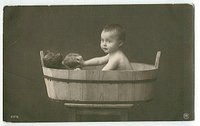
Don't Throw the Baby out with the Bath Water
The entire family would take a bath the same day, with only one large tub filled with hot water. Each family member would get their turn, but they would all have to use the same water.
First, the man of the house got to bathe. Next were the other men, then the women, after them, the children, then finally the babies. Depending on how many people had to share the same bath water, by the time it was the baby's turn in the tub, the water was so dirty that you could hardly see anything.
"Don't throw the baby out with the bath water!"
Saved By the Bell
When burial room was running out, coffins would be dug up, the bones would be removed and the grave would be reused. When opening these coffins, they would often notice that they must have been burying people alive due to scratch marks that were found on the inside of the coffins. Due to this, when they would bury people, they would tie a string to the persons wrist and feed it through the coffin and out of the dirt. This string was then tied to a bell. If they buried someone who was alive, the string on the wrist would ring the bell. Hence being "Save by the Bell". This was also know as being a "Dead Ringer".
Obviously there was someone out in the graveyard sitting and listening all night for any bells that might ring. This is were the "Graveyard Shift" came into play.
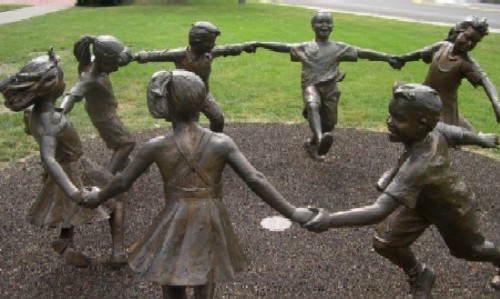
Ring Around the Rosy
This children's song is actually based on a real event... the Bubonic Plague.
"Ring Around the Rosy"
(Symptoms of the plague were a rosy red rash, shaped like a ring.)
"Pocket Full of Posies"
(It was believed that by carrying sweet smelling herbs, or posies, in your pocket would protect you from the plague. It was believed that the disease was transmitted by bad smells.)
"Ashes, Ashes, We All Fall Down"
(Bodies of the diseased were cremated. It was believed that burning the bodies would stop the disease because the reports of the plague decreased after the Great Fire in London. When actually, the first killed a lot of the rats that were carrying the disease, which is why the decrease took place)
S.H.I.T.
Ever wonder what this word really means?
Animal manure was once and possibly still is transported by ship, along with other things. The boxes carrying the manure were marked as S.H.I.T. which stood for Ship High In Transit. This way, the manure would be on top of everything else and the smell would be less irritating.



